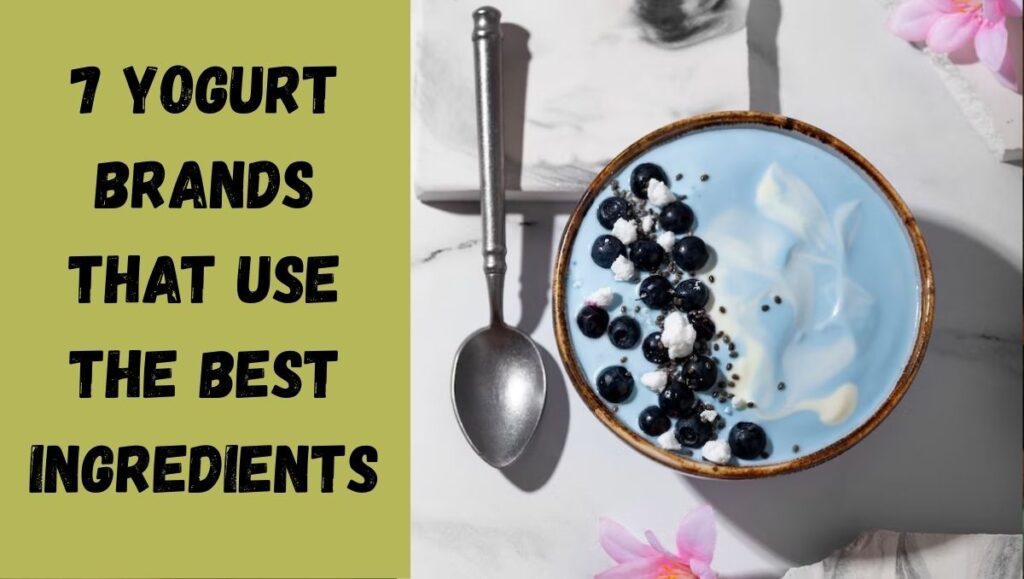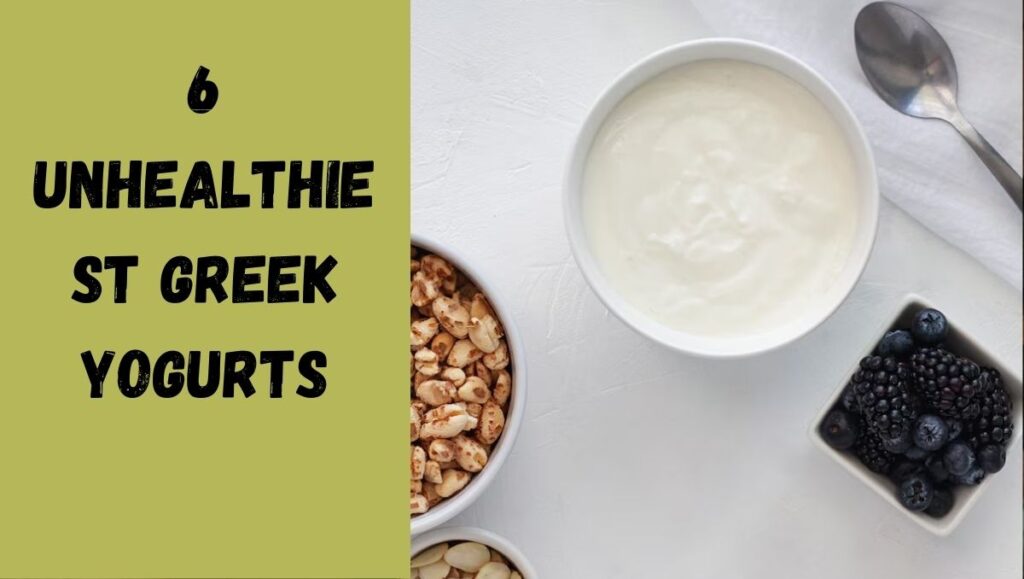Among those timeless sweets that never go out of fashion is bread pudding. This dessert warms the heart and house with its creamy, custardy texture and soothing vanilla scent. Bread pudding is beautiful in simplicity; you can create it with just leftover bread and simple cupboard items. Originally a cheap method to use stale bread, this dessert has developed into a rich and popular meal seen in homes and restaurants both.
Because it offers a gentle, creamy base that accentuates the delicate, melt-in-your-mouth taste of the pudding, the vanilla variation is exceptionally well-liked. From choosing the correct bread to creating the ideal custard, this simple vanilla bread pudding recipe will lead you through all you need to know, regardless of your level of cooking experience. Let’s go over every phase of the recipe to produce this classic treat.
Choosing the Best Bread for Pudding
Any excellent bread pudding is fundamentally based on the bread, of course. Although any kind of bread may be used theoretically, some absorb the custard better than others because of their texture. The perfect bread is just slightly stale and thick enough to keep its form when moistened. Given their rich, buttery taste and smooth crumb, brioche and challah are among the most advised choices.
Given its chewy shell and strong inside, French bread is another excellent choice. Steer clear of excessively soft breads like sandwich loaves as they break down too fast and provide a mushy feel. Should you only have fresh bread, you may cube it and let it overnight to dry or toast it gently in the oven. Perfecting the bread guarantees that your pudding will have a pleasing consistency combining custard-soaked softness with firmness.
Making the Perfect Vanilla Custard Base
The vanilla custard that ties everything together becomes the essence of this treat. Baked, this basic mixture of eggs, milk, sugar, and vanilla extract becomes a creamy, tasty sauce within the bread. Starting with the size of your baking dish, you will need around two to three big eggs, whisked well. For a fuller texture, blend this with whole milk or a concoction of milk and heavy cream.
Add pure vanilla essence and grained sugar, generally ½ to ¾ cup. If you want mild spice, you may also add a bit of cinnamon or nutmeg and some salt. Till they are completely mixed and smooth, whisk the components. After pouring this custard over the cubed bread, let it soak for at least half an hour so the bread absorbs the flavors. A well-made custard guarantees soft, fragrant, and gently sweet bread pudding.
Preparing and Assembling the Pudding
Assemble your pudding when your bread and custard are done. To help your baking dish not stick, start by butter or a mild cooking spray greasing it. Arange the cubed bread equally in the plate without pushing it down; this lets the custard run freely between the pieces. Pour the custard mixture slowly over the bread such that every piece comes wet. Press the bread gently from the back of a spatula or spoon such that it soaks uniformly.
To enable complete absorption, let the combination remain for at least 30 minutes—or up to several hours in the refrigerator. For extra taste and texture, several dishes call for top sprinklings of chopped nuts, chocolate chips, or raisins. After foil covers the dish, put it in an oven set to warm. Remove the foil halfway through to allow the top brown; bake at 350°F (175°C) for 30 to 40 minutes.
Tips for Achieving the Ideal Texture
On the interior, bread pudding should be smooth and creamy; its top should be somewhat crispy, golden. Perfect texture calls only a few easy techniques. First, let the bread soak long enough in the custard before baking; this guarantees complete flavor infusion on every piece. Bake it in a water bath next for an extra-smooth consistency; just arrange your baking dish inside a bigger pan covered with an inch of boiling water. This keeps curdling free and helps control temperature.
Steer clear of overbaking, which can produce harsh and dry pudding. It should be set, however when you shake the dish it still jiggles slightly in the middle. Let the pudding sit for 10 to 15 minutes after baking to enable the custard finish hardening. To get added decadence, caramelize the top by brushing melted butter and sugar before baking. These pointers guarantee consistently a well made dessert.
Serving Suggestions and Toppings
On its own, a warm slice of vanilla bread pudding is rather fulfilling; yet, adding some toppings will improve the whole experience. For a creamy contrast, classic accompaniments can be a dab of whipped cream or a scoop of vanilla ice cream. Drizzle warm custard or caramel sauce over top for something richer. Fresh fruits cut through the richness and provide a reviving touch; berries, bananas, or sautéed apples especially.
Add a sprig of mint and a sprinkle of powdered sugar to show more gastronistically. If you’re presenting this meal at a dinner party, think about adding some sophisticated ramekins. Serving bread pudding cold or room temperature will also make it flexible for any occasion. Perfect for holidays, family get-togethers, or quiet evenings in, soft bread, creamy vanilla, and sweet toppings make for a dessert that is both opulent and consoling.
Storing and Reheating Leftovers
A terrific make-ahead dessert, bread pudding is one of the finest since it keeps and reheats brilliantly. Once cold, either move the pudding to an airtight container or carefully cover the baking dish with plastic wrap. Keep it in the refrigerator for four days at most. Reheat by either warming the entire dish in a 300°F (150°C) oven until cooked through or just running a section in the microwave for around 30 to 60 seconds.
Add a dash of milk or cream before reheating to bring back moisture if the pudding has dried up somewhat. Additionally refrigerated for up to two months, bread pudding should be properly wrapped in plastic and foil and thawed overnight in the refrigerator before reheating. For meal prep or a hectic schedule, these preservation techniques guarantee that your dessert stays just as delicious the next day or even weeks later.
Customizing Your Vanilla Bread Pudding
Although this recipe emphasizes a traditional vanilla taste, customizing options abound. For warmth and richness, you may add spices such cardamom, nutmeg, or cinnamon. Stir chopped nuts like almonds or pecans for extra texture. For a deeper taste, chocolate aficioners might fold in cocoa powder or chocolate chips. Fruit additions that improve taste and nutrients include chopped apples, cranberries, or raisins.
To make it dairy-free, you may also play about with other kinds of milk, such almond or coconut milk. Replace part of the milk with sweetened condensed milk or layer cream cheese for a more decadent variation. Savory variations with meats, cheese, and herbs also exist, transforming this dessert into a major meal. Once you’ve perfected the basic vanilla recipe, bread pudding is rather flexible and easy to explore and create your own great variants from.
Nutritional Breakdown and Portion Guide
Given its filling nature, bread pudding is a good dessert to know about nutritionally, particularly if you’re managing your consumption. The ingredients—especially the kind of bread, the quantity of sugar and cream—have a bearing on the calorie count. With a decent mix of carbs, lipids, and protein, a serving is about 250–350 calories. While cutting sugar or substituting another sweetener, using whole milk and eggs offers protein and calcium and can help to lighten. Additionally increasing fiber content is selecting whole grain bread. The usual nutrients per serving is broken down below in a basic fashion:
| Nutrient | Approx. Amount (per serving) |
|---|---|
| Calories | 300 |
| Total Fat | 12g |
| Saturated Fat | 6g |
| Carbohydrates | 40g |
| Sugars | 22g |
| Protein | 6g |
| Fiber | 2g |
This makes bread pudding a satisfying and indulgent option when enjoyed in moderation.
Conclusion
Making a great vanilla bread pudding is simpler than you would believe. Just a few basic ingredients and some time can turn stale bread into a warm, creamy dessert with a sophisticated and comfortable look. Its rich vanilla taste and smooth, custardy texture are assured to satisfy whether presented as a festive dessert or a daily treat.
Following the directions in this book will help you create a dessert that looks and tastes like it came from a professional kitchen, from selecting the proper bread to baking the ideal custard. Furthermore, the advice on altering, preserving, and reheating the recipe gives you the freedom to savor this dish in several ways. Recipes like bread pudding are passed down through the years and after you’ve perfected them, you’ll know why. Try it once; it could turn out to be your go-to dessert for every occasion.
FAQ’s
Can I use fresh bread instead of stale bread for bread pudding?
Yes, you can. If using fresh bread, dry it out slightly by toasting it in the oven or letting it sit uncovered for a few hours. This helps it absorb the custard better.
Can I make bread pudding dairy-free?
Absolutely. Substitute the milk with almond, soy, or oat milk, and use dairy-free margarine instead of butter to make a completely dairy-free version.
How do I know when the bread pudding is done baking?
The pudding is done when the top is golden brown and a knife inserted in the center comes out clean. It should still have a slight jiggle but not be liquidy.
Can I prepare bread pudding in advance?
Yes, you can assemble it a day ahead and store it in the fridge. Bake it fresh the next day for best results. You can also bake it ahead and reheat as needed.
What are some good toppings for vanilla bread pudding?
Toppings like whipped cream, vanilla ice cream, caramel sauce, fresh fruit, or powdered sugar work wonderfully. You can also drizzle a little bourbon or rum sauce for added flavor.
| Home Page | Click Here |
| Dessert | Click Here |


